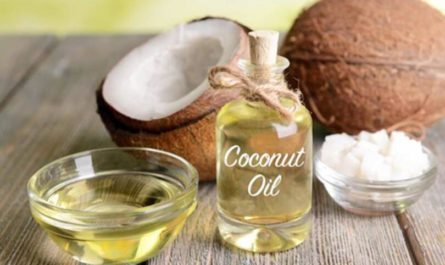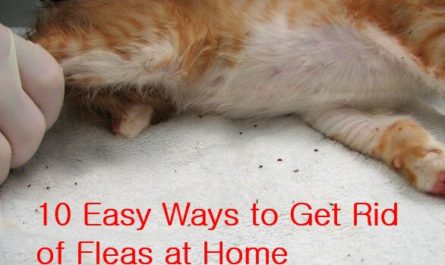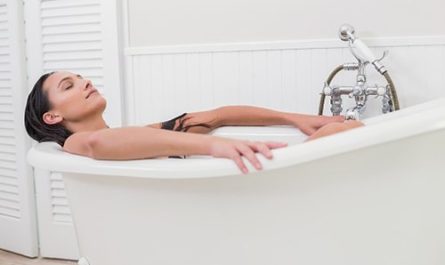Are you struggling with a bed bug infestation in your home? Did you know that bed bugs can survive for months without feeding on blood? Our step-by-step guide will help you eliminate these pesky pests and take back control of your living space. Get ready to say goodbye to bed bugs for good!
What are bed bugs?
Bed bugs are tiny, wingless insects that feed on the blood of humans and animals while they sleep. About the size of an apple seed, these pesky critters are experts at hiding in cracks and crevices near sleeping areas.
Their reddish-brown bodies become swollen and more reddish after they’ve fed, making them easier to spot.
These pests reproduce quickly; a female can lay hundreds of eggs over her lifetime. Bed bug eggs are tiny, about the size of a speck of dust, making them hard to see without magnification.
Once hatched, the nymphs grow by molting multiple times before reaching adulthood. Due to their elusive nature and rapid breeding cycle, tackling a bed bug infestation early is crucial for effective bed bug control.
Life cycle of bed bugs
Understanding the life cycle of bed bugs is crucial in tackling an infestation effectively. These pesky insects begin their lives as eggs, which are tiny and pearl-white in color. After hatching, they pass through five nymph stages before reaching adulthood.
During each stage, a blood meal is required for the bug to molt and grow larger.
These insects can mature quickly under optimal conditions, with entire cycles from egg to adult taking just about a month. Adults have a reddish-brown color and can live up to a year or even longer if feeding opportunities are present.
Recognizing signs of different life stages helps you better target your elimination efforts, ensuring you address both adults and immature bugs hiding in mattresses, box springs, baseboards, or any tiny crevice near the bed where they may reside.
Now let’s discuss how these signs alert you to a potential bed bug problem lurking around your sleeping areas.
Signs of a bed bug infestation
Signs of a bed bug infestation may include small reddish-brown stains on bedding, mattresses, or clothing. Musty odors near the bed or in the room could indicate their presence as well.
Look for tiny dark spots resembling ground pepper, which are fecal matter and shed skins left behind by bed bugs.
If you notice unexplained bites on your skin, often arranged in a line or cluster, it might be another sign of an infestation. Additionally, sighting live bed bugs or their eggs is a clear indication that there’s an infestation present in your home.
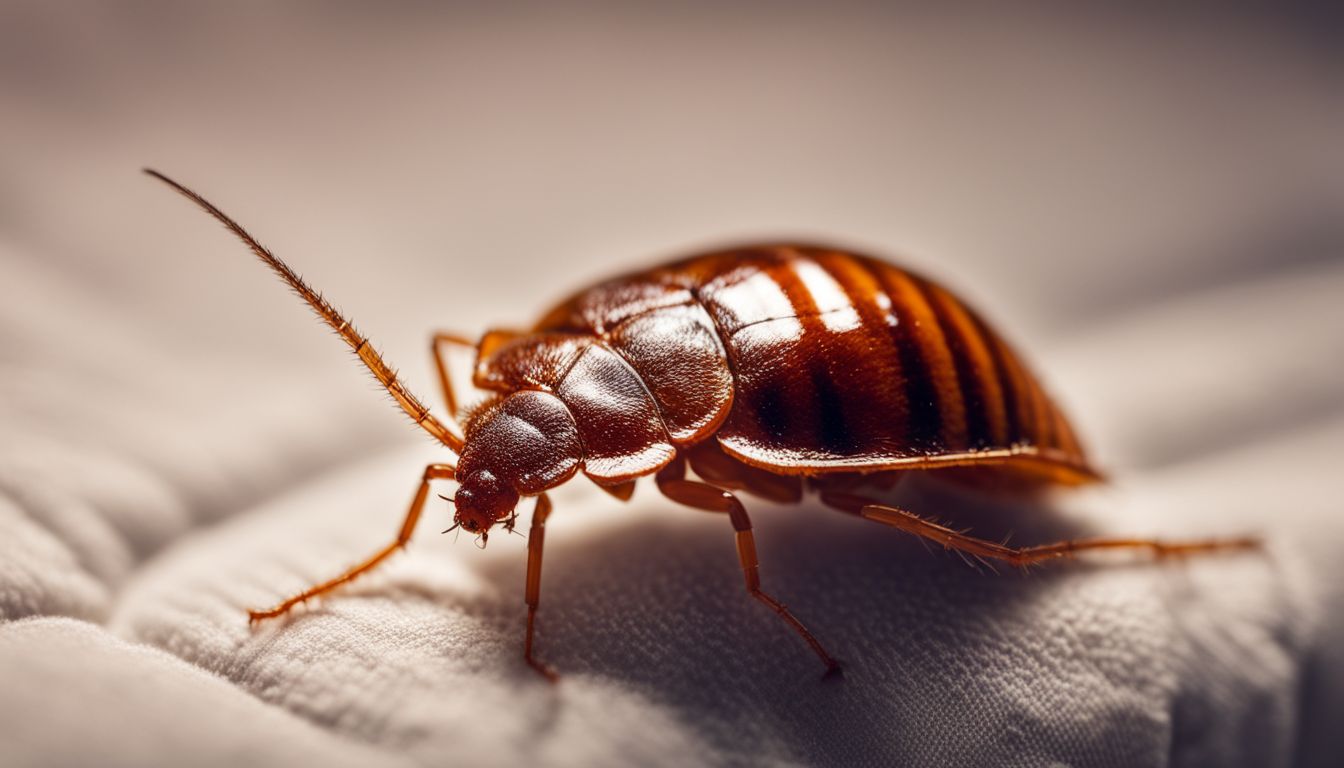
Importance of effective elimination methods
Eliminating bed bugs effectively is crucial to halt their rapid multiplication and prevent a full-blown infestation. Left unchecked, these pests can swiftly overrun mattresses, furniture, and even clothing, causing discomfort and stress for everyone in the home.
An efficient approach not only eradicates the existing problem but also minimizes the risk of future invasions.
Choosing impactful elimination strategies ensures that all stages—from eggs to adults—are targeted and destroyed. This comprehensive action plan includes identifying signs of an infestation early on, applying the right treatments consistently, and employing preventive measures to keep your living spaces bug-free.
By being informed about pest control techniques like heat treatment or encasements for mattresses and box springs, you arm yourself with powerful tools in maintaining a safe and comfortable environment free from bedbugs.
Is it possible to get rid of bed bugs on your own?
Yes, it is possible to eradicate bed bugs on your own. Taking prompt action and following the right methods can help you effectively eliminate these pests from your home. By using a combination of thorough cleaning, proper treatment, and preventative measures, you can successfully get rid of bed bugs without necessarily requiring professional assistance.
Firstly, identifying the extent of the infestation is crucial in determining whether a do-it-yourself approach will be effective or if professional intervention is necessary. Once assessed, implementing targeted treatment plans such as heat treatments or desiccants can be highly effective in eradicating these persistent pests.
Additionally, properly monitoring the elimination process and taking proactive steps to prevent future infestations are essential for ensuring long-term success in eliminating bed bugs from your living environment.

How to Get Rid of Bed Bug Step By Step?
When it comes to tackling a bed bug infestation on your own, there are specific steps you can take to control and eliminate the problem. These DIY methods can help you address the issue before seeking professional help.
1. Preparation for Treatment
Containing the infestation and preparing for bed bug treatment are crucial steps in effective elimination. This section will provide detailed instructions on how to prepare your home for treatment and ensure that the infestation is properly contained.
2. Containing the infestation
To contain the infestation, start by decluttering your home to reduce potential hiding spots for bed bugs. Vacuum thoroughly and dispose of the vacuum bag in a sealed plastic bag. Seal any cracks or crevices around baseboards, electrical outlets, and moldings using caulk to prevent further spread.
Encase mattresses, box springs, and pillows in specially designed covers that trap any remaining bed bugs inside and prevent new ones from infesting.
After containing the infestation within your living spaces, it’s crucial to move on to preparing for comprehensive bed bug treatment. This step is essential in ensuring that all bed bugs are effectively targeted throughout the elimination process.
3. Preparing for bed bug treatment
After containing the infestation, thorough preparation is crucial for effective bed bug treatment. This involves decluttering and tidying up, giving special attention to areas where bed bugs typically hide.
It’s essential to wash and dry bedding at high temperatures, vacuum and seal mattresses in encasements designed for bed bug control. Furniture should also be pulled away from walls, ensuring easy access for exterminators during treatment.
Additionally, electrical outlets need to be uncovered so that they can be treated with insecticide dust or other appropriate methods. By following these steps diligently and making sure that all potential hiding spots are accessible for treatment, you set the stage for a more successful eradication of bed bugs in your home.
4. Killing the Bed Bugs
To effectively eliminate bed bugs, it’s important to use a variety of methods such as using temperature, steamers, desiccants, chemical insecticides, foggers and bug bombs. These approaches can help in killing the bed bugs at different stages of their life cycle and prevent re-infestation.
Using temperature
Applying heat is a highly effective method to exterminate bed bugs. By using high temperatures, such as steam or dry heat, you can target these pests in various areas of your home.
Heat treatment can be applied to furniture, bedding, and other infested items to eliminate bed bugs at all life stages without the use of chemicals. High temperature exposure can effectively kill bed bugs and their eggs in hard-to-reach areas where they typically hide, ensuring comprehensive eradication throughout your living space.
Temperature-based treatments are particularly advantageous for eliminating bed bug infestations because they offer a non-toxic solution that doesn’t require extensive preparation or evacuating the premises.
Steamers
When using temperature to eliminate bed bugs isn’t feasible, steamers offer an effective alternative. Steam treatment is a powerful method that can kill bed bugs and their eggs on contact.
The high heat from the steamer penetrates mattresses, box springs, furniture, and other infested areas, effectively eradicating the pests.
Professional-grade steamers are optimal for this purpose as they produce the high temperatures required to kill bed bugs effectively. When utilizing steamers for bed bug control, it’s crucial to carefully follow safety instructions and ensure thorough coverage of all potential hiding spots where bed bugs may reside.
Covering mattresses and box springs
To protect your mattress and box spring from bed bugs, encase them with specially designed covers. These covers create a barrier that prevents bed bugs from entering or escaping, effectively containing any existing infestation and preventing future ones.
Opt for covers that are labeled as “bed bug proof” or “allergen-proof,” ensuring they are specifically designed to keep bed bugs out.
When purchasing these covers, be sure to select ones that fully encase the mattress and box spring while being durable enough to withstand regular use. Additionally, consider choosing covers with zippers that feature small teeth or Velcro closures to further secure them against potential entry points for bed bugs.
Desiccants
Desiccants, such as diatomaceous earth and silica gel, are effective at killing bed bugs by drying them out. These powdery substances work by absorbing the waxy outer layer of the bed bug, leading to dehydration and eventual death.
Diatomaceous earth can be applied to cracks and crevices where bed bugs hide, while silica gel can be used in special traps to lure and kill the pests.
Applying desiccants in areas where bed bugs hide is a crucial step in eliminating these pests effectively. Their ability to dehydrate and kill bed bugs makes desiccants a valuable tool in your arsenal against these persistent insects.
Chemical insecticides
To complement the use of desiccants, chemical insecticides offer an effective method for eliminating bed bugs. Applying these potent substances directly to infested areas can swiftly eradicate bed bug populations.
When using chemical insecticides, it’s crucial to follow all safety guidelines and application instructions meticulously to ensure maximum effectiveness.
Employing chemical insecticides demands strategic planning and careful execution, as they are designed to target specific pests while ensuring minimal impact on humans or pets. By incorporating these powerful tools into your bed bug elimination plan, you can bolster your efforts and maximize the chances of eradicating these resilient pests from your home.
Foggers and bug bombs
To eliminate bed bugs, foggers and bug bombs can be used as a supplementary method to kill the pests. When using foggers or bug bombs, it’s crucial to carefully follow the manufacturer’s instructions for effective application.
Ensure that all infested areas are treated comprehensively with these products. Furthermore, it is essential to coordinate the use of foggers and bug bombs with other bed bug elimination methods for comprehensive eradication.
Using foggers or bug bombs should be considered in conjunction with other treatment approaches such as steamers, desiccants, and chemical insecticides. Remember that thorough preparation before treatment is vital to maximize the effectiveness of foggers and bug bombs in eradicating bed bugs from your living space.
5. Monitoring and Seeking Professional Help
As you monitor the elimination process, it’s important to look out for any signs of continued bed bug activity. If DIY methods are not proving effective, it may be time to contact a professional pest control company for expert assistance in eliminating the infestation.
During the elimination process, regularly inspect and monitor areas where bed bugs were present. Check for any signs of activity such as live bugs, shed skins, or fecal spots. Using a flashlight and a magnifying glass can help in thorough inspections.
To ensure effective monitoring, keep track of treatment progress by documenting any new sightings or bites. Utilize sticky traps to capture any stray bugs and monitor their numbers over time to gauge the effectiveness of the treatment.
Regularly wash bedding in hot water and vacuum thoroughly to remove any potential hiding spots for remaining bed bugs. Keeping vigilant during this phase is crucial for preventing re-infestations.
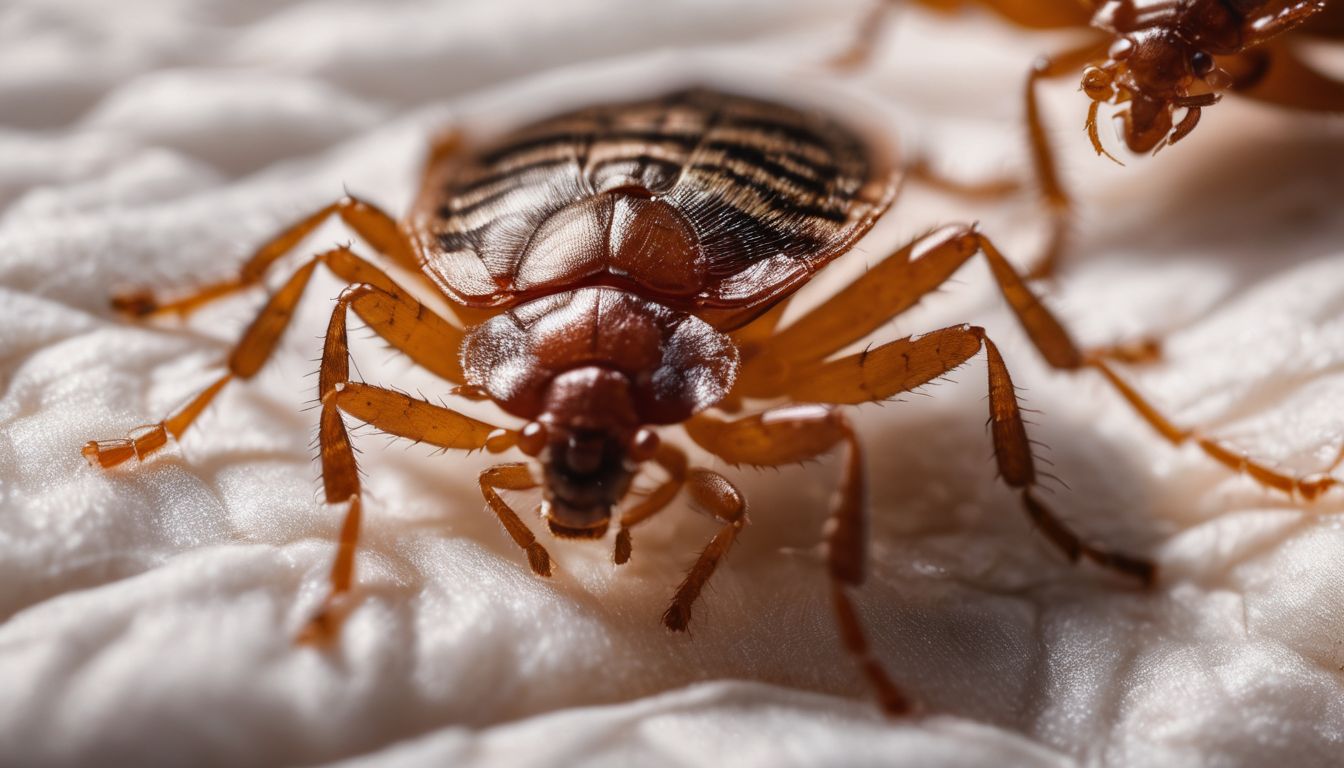
When to contact a professional pest control company?
If DIY methods have not effectively eradicated the bed bug infestation after consistent and thorough attempts, it is time to engage a professional pest control company. Once you notice that the infestation persists despite your efforts or if the problem seems to be worsening, seeking expert help becomes essential.
Professional exterminators can accurately assess the severity of the situation and provide comprehensive treatment plans specifically tailored to address the unique needs of your home or property.
Preventing Future Bed Bug Infestations
Once you’ve successfully eliminated the bed bugs in your home, it’s crucial to take preventive measures to avoid future infestations. By using recommended products, creating a kill chamber, and spreading residual powder, you can effectively prevent bed bugs from reappearing.
Don’t let all your hard work go to waste; take proactive steps to keep your home bug-free.
1. Recommended products
If you want to take proactive steps to prevent future bed bug infestations, consider investing in recommended products designed for this purpose. Bed bug sprays can be a useful tool for treating specific areas or items in your home where bed bugs might hide.
Additionally, traps are effective at capturing and monitoring bed bug activity, helping you to identify potential infestations early on. Spreading a residual powder around the perimeter of your home or targeted areas can act as a barrier against bed bugs attempting to enter your living spaces.
Utilizing heat instead of chemicals is another option when it comes to eliminating these pests from clothing and other fabric items that cannot be washed with hot water. By using these recommended products strategically, you can create additional layers of defense against potential re-infestations and keep your living spaces free from the nuisance of bed bugs.
2. Creating a kill chamber
Creating a kill chamber for bed bugs involves setting up a space where the pests can be effectively eradicated. This can be achieved by using specially designed bed bug-proof encasements for mattresses and box springs, which trap the pests inside and prevent them from feeding or escaping.
Additionally, interceptors placed under the legs of beds and upholstered furniture act as traps, capturing bed bugs attempting to climb up from the floor. By creating this controlled environment, you can target and eliminate bed bugs more efficiently while preventing their spread to other areas of your home.
Implementing a kill chamber not only helps in eradicating existing bed bug infestations but also acts as a preventive measure against future infestations. Utilizing these methods allows for targeted treatment of specific locations where bed bugs are present, reducing the need for widespread chemical applications throughout your living spaces.
3. Bed bug sprays
Bed bug sprays are an effective way to eliminate bed bugs, especially when used in conjunction with other control methods. Look for products labeled for use on mattresses and ensure they specifically target bed bugs.
When using sprays, apply them directly onto surfaces where bed bugs hide, such as cracks and crevices near the infested area. The key is to follow the manufacturer’s directions carefully and not overuse the product, which could be harmful.
To get the best results from bed bug sprays, it’s important to use them as part of a comprehensive approach to eliminate these pests from your home or business.
4. Traps
Transitioning from bed bug sprays to traps, we can ensure comprehensive control and prevention of bed bug infestations. Traps are an effective method for monitoring and capturing bed bugs in different stages of their life cycle.
Placing interceptors under the legs of your bed or furniture helps trap the pests as they attempt to climb up, preventing them from reaching you during the night. Additionally, specialized traps equipped with attractants lure adult bed bugs, providing insight into the extent of the infestation while aiding in pest management strategies.
Traps also act as a proactive measure for early detection and ongoing monitoring even after treatment has been applied. By using traps strategically throughout your home, you can effectively assess the success of eradication efforts over time.
5. Spreading a residual powder
Spread a residual powder, such as diatomaceous earth, along baseboards and in cracks and crevices where bed bugs are likely to travel. Ensure the powder is evenly distributed for maximum effectiveness.
The fine particles will cling to the bodies of bed bugs, absorbing their protective waxy layer and causing them to dehydrate and die.
Apply the residual powder in areas that may serve as hiding spots for bed bugs, including behind electrical outlets, under furniture, and around the perimeter of mattresses. Reapply the powder as necessary to maintain an effective barrier against potential reinfestation.
6. Using heat instead of chemicals
To effectively eliminate bed bugs without the use of chemicals, consider utilizing heat treatment. This method involves exposing the infested area to high temperatures that are lethal to bed bugs at all life stages.
By raising the temperature in the affected space, you can eradicate bed bugs and their eggs. Heating methods include using steamers or dryers on high heat to treat clothing, bedding, and other fabric items.
Additionally, heating larger items such as mattresses and box springs with specialized equipment can ensure a thorough elimination process.
Embracing heat treatment for eliminating bed bugs offers a non-toxic alternative that is particularly advantageous in residential spaces where chemical exposure should be minimized.
Conclusion
In conclusion, implementing these effective methods will help you eliminate bed bugs from your home. Taking proactive steps such as DIY control and thorough preparation for treatment are crucial in eradicating infestations.
By continuously monitoring the process and seeking professional assistance when needed, you can ensure a bed bug-free environment and prevent future infestations with preventive measures.
With persistence and the right approach, you can successfully get rid of bed bugs and enjoy a pest-free living space.
FAQs
1. What are the first steps to getting rid of bed bugs?
Begin by thoroughly checking for bed bugs in all hiding places around your bed frame and furniture near the bed. If you find any, wash your clothes in hot water and vacuum every corner.
2. Can I handle a bed bug infestation on my own?
Yes, with do-it-yourself bed bug control methods such as applying heat or using a bed bug interceptor under each leg of the bed, you can kill bugs on contact and monitor for new ones.
3. Should I hire a professional to deal with my bed bug problem?
If there are many bed bugs or the infestation persists, it’s wise to consult pest control companies who use professional treatments that ensure all stages of bed bugs are eliminated.
4. Are there certain places within my bedroom where these insects tend to hide?
Bedbugs can hide in tiny spaces, like cracks in your furnishing or between joints in your entire bed structure — always check thoroughly if you suspect an issue.
5. After treatment, how can we guarantee that all the bugs and eggs are gone from our space?
Continue inspecting for signs of residual activity regularly even after treatment is over; specially trained dogs provided by some inspectors offer peace of mind confirming that all traces have been removed.

